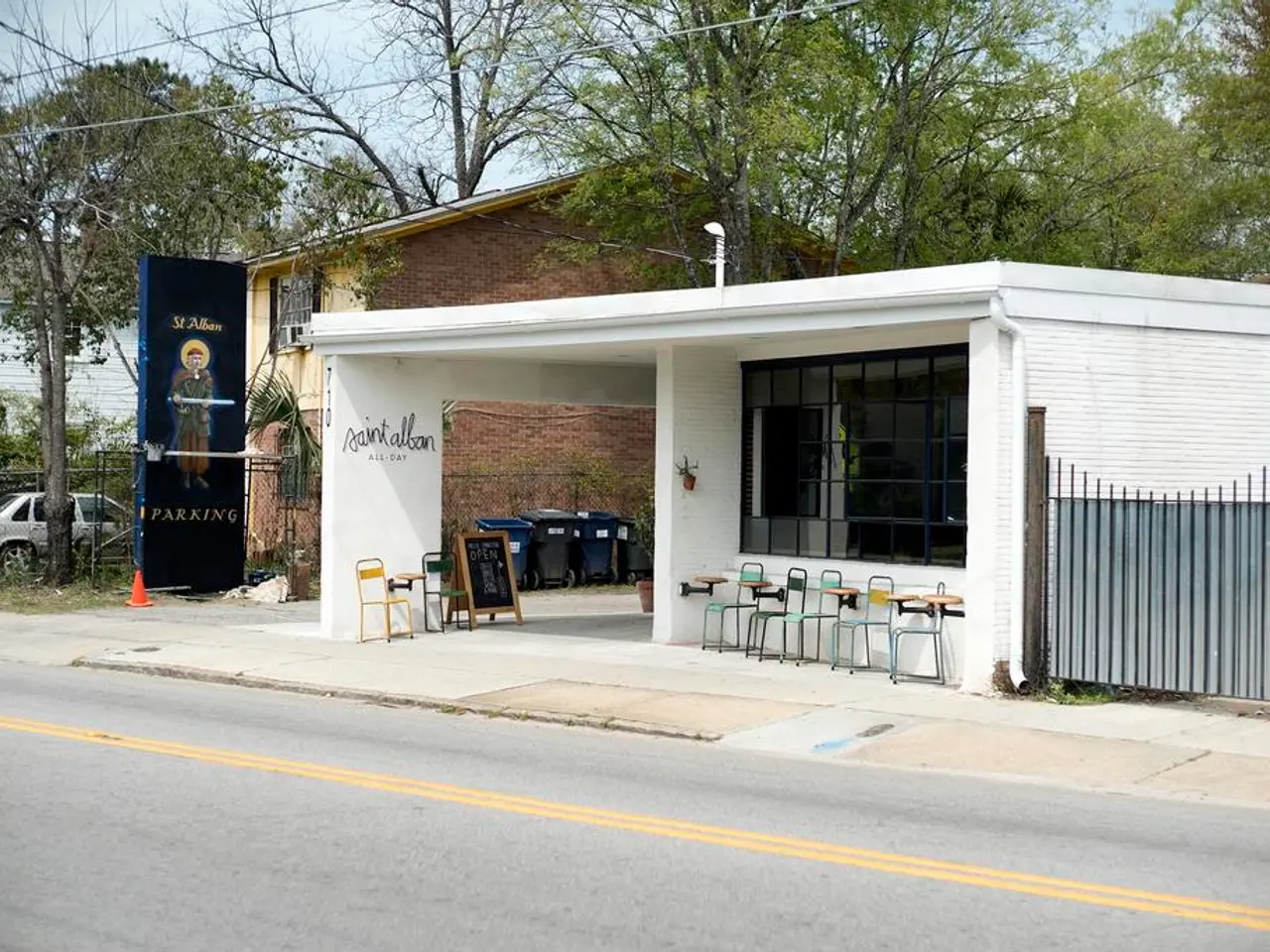Transforming Dining Experiences: A Comprehensive Guide to Launching a Restaurant
In the world of dining, a restaurant renovation is more than just a facelift; it's a strategic endeavour that combines design, finance, permits, construction, and marketing. Each element plays a vital role in creating an exceptional dining experience for patrons and ensuring the success of the establishment.
Design and Planning
The first step in the renovation process involves meticulous planning and design. A detailed layout focusing on functional zones like the kitchen, dining, and storage areas is essential. The design must meet health, safety, and ventilation standards required for restaurants. Collaborating with contractors experienced in restaurant needs, including commercial-grade electrical and ventilation systems, is crucial. Ordering specialized kitchen equipment early is also advisable, as commercial appliances often have long lead times.
Permits and Licensing
Obtaining all necessary permits before construction is paramount. This includes health permits focused on food handling and building health permits addressing sanitation and facility layout (e.g., sink placement, ventilation). Building permits and occupancy certificates to ensure compliance with local building codes are also required. If you plan exterior changes, you'll need zoning approvals and signage permits. Liquor licenses and sales tax licenses or seller’s permits are necessary if applicable.
Financing
Creating a detailed business plan outlining costs, construction timelines (typically 3–6 months for fine dining), and expected revenues is essential. Presenting this plan to multiple funding sources such as banks, investors, or SBA lenders is necessary, as restaurant renovations often require substantial funding. Monitoring the construction budget closely to avoid overruns that can delay openings is also crucial.
Construction and Renovation Execution
Working closely with general contractors and subcontractors familiar with restaurant-specific requirements is essential. Coordinating the kitchen equipment installation in line with the renovation schedule is crucial. Post-renovation, comprehensive inspections for HVAC, electrical, and gas systems should be scheduled to ensure safety and compliance.
Marketing Strategy
Developing a marketing plan focusing on your target customer base and local market trends is essential. Including pre-launch promotions like sneak previews, tasting events, or soft openings to generate buzz is advisable. A grand opening event with community engagement elements like live music or partnerships with local businesses is a great way to create a memorable launch. Utilizing targeted social media campaigns and local advertising to highlight your restaurant’s unique story and offerings is also important. Networking with local organizations and businesses to build long-term support is crucial.
A soft opening allows you to iron out any kinks before the official grand opening. Post-opening, continuing marketing efforts, encouraging reviews, and engaging with customers on social media is important. The power of word-of-mouth is significant, providing an exceptional experience can make customers do the marketing for you.
Investing in training your staff can make them more efficient and provide better service to customers. Gathering feedback and being open to making adjustments to improve the dining experience is crucial. Engaging with the community can turn local businesses and customers into advocates for the restaurant. Using energy-efficient appliances and sustainable materials can make a restaurant renovation eco-friendly.
The day of the restaurant's opening is a moment of pride and immense pressure, ensuring everything is in place is crucial. The length of a restaurant renovation can vary, but several weeks to a few months is common. Remember, a robust marketing strategy is essential, utilizing social media, local press, and community events.
[1] Source: Restaurant Engine (2021). [2] Source: National Restaurant Association (2021). [3] Source: Foodservice Equipment & Supplies (2021). [4] Source: Permit Advisors (2021).
- To offer patrons an exceptional lifestyle experience, the renovation's design must consider not just aesthetics, but also functional zones like the kitchen, dining, and storage areas, ensuring they meet health, safety, and ventilation standards.
- Crafting a marketing plan encompassing food-and-drink specific promotions and home-and-garden events like sneak previews, tasting events, or soft openings can generate buzz and engage the local community, contributing to the restaurant's success.




